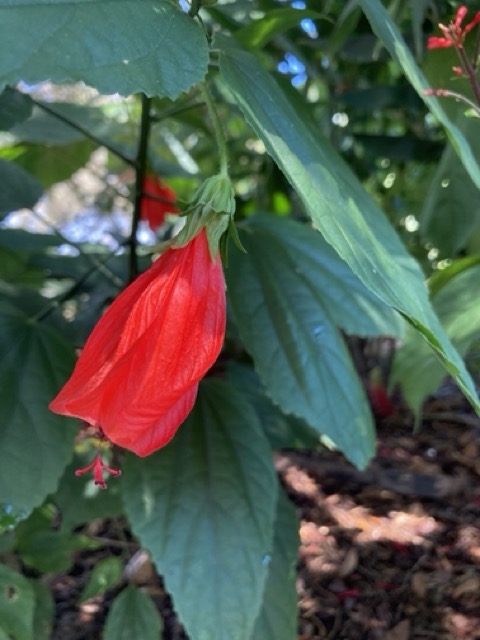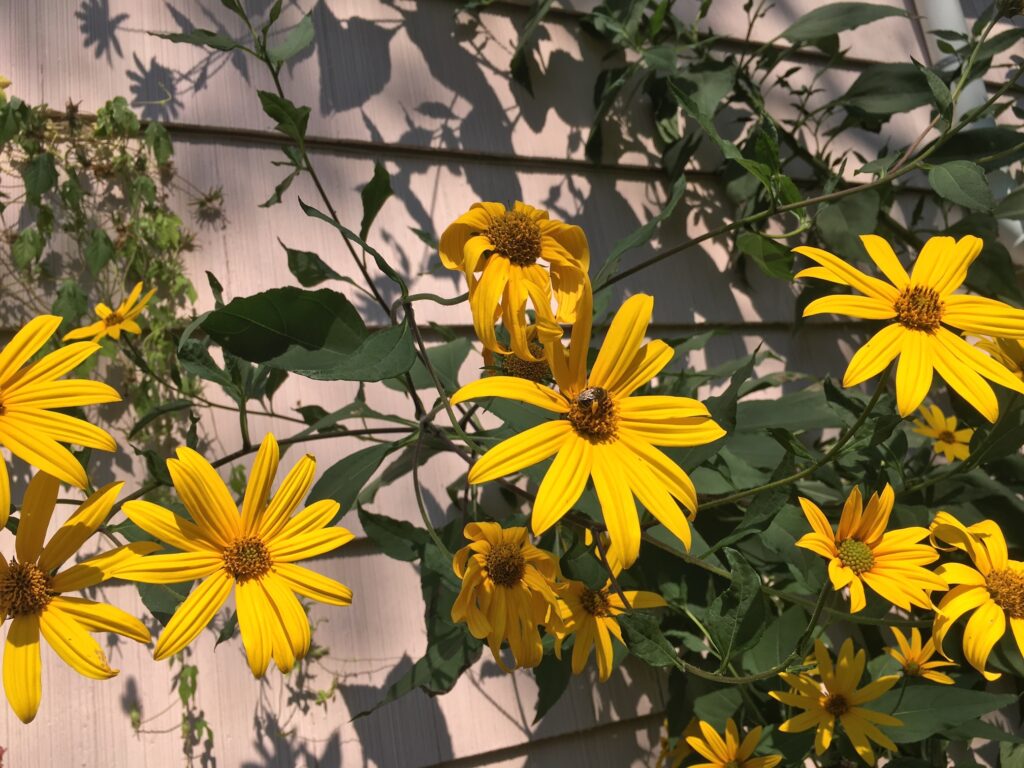The last days of summer have arrived…
Summer is coming to a close and we are also nearing the end of the rainy season in many southern states. Though temps are still high, we are now officially in annual vegetable gardening season. As most of the US is finishing their veg gardens, we are just getting started in the warmer climates! So, if you want to plant those tomatoes, pepper, eggplants, and squash – the season is now upon us! Needless to say, there are plenty of things to keep us southerns folks busy in the garden and around the homestead.
Please note, this specific list is catered to those living in USDA Zones 9-11, so if you are looking for Zones 3-8 – click here.
Without further adieu, here is your September Gardening To-Do List!
September Gardening To-Do List
In the Garden
- Things to plant by seed: beats, brussels, collards, eggplant, kale, lettuce, peppers, Swiss chard, tomatoes, and one last round of tropical spinaches. Plus, you can start planting beans a little at a time this month! We also recommend continuing to plant a few squash, pumpkins, carrots, and cucumber seeds each week. We suggest staggering your planting this month, so all your cucumbers aren’t ripe at once. Typically, this is our strategy with most varieties of annual veggies.
- Onions: Start planting bunching onions
- Pumpkins: Keep plantings through the second week of the month.
- Tropical greens: Harvest and enjoy your tropical spinaches (longevity, Okinawa, Surinam, Brazilian, etc.) all month long! Start looking for flowers to dry so you can save seed for next year.
- Brassicas: Wait until the last week of the month for most cabbage, cauliflower, broccoli, etc.
- Fertilize: This is a great month to apply compost to the garden and food forest! Composted manure is our favorite for the garden and mushroom compost in the food forest. Other great amendments for this month include: azomite (minerals), fish emulsion, blood meal, kelp, folic acid, and epsom salts (which is actually magnesium).
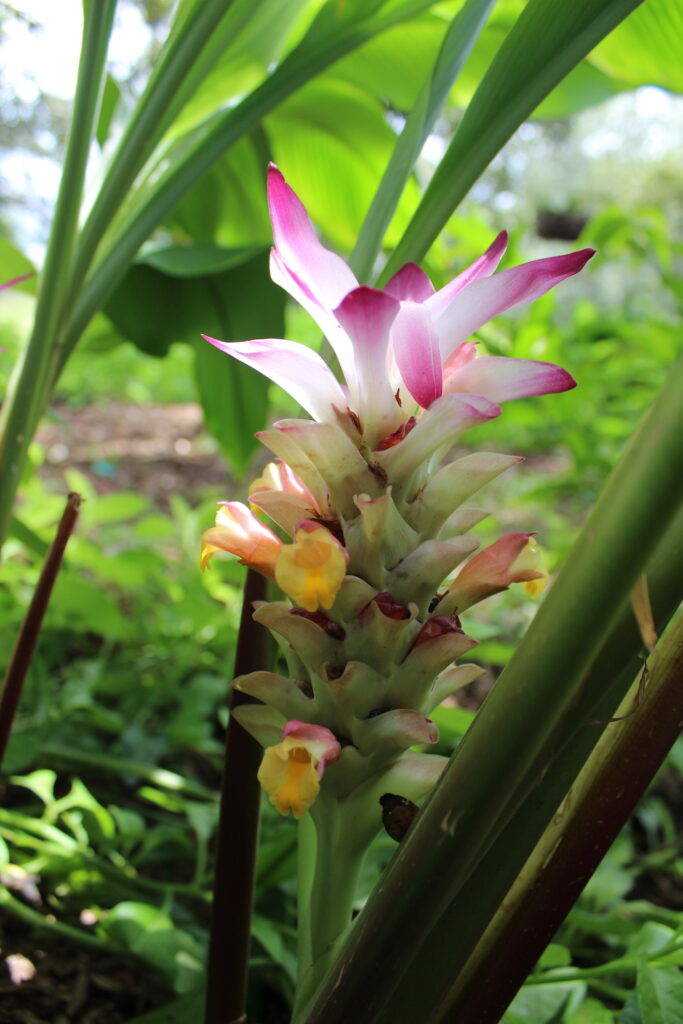
Turmeric and Ginger are all in flower this month! These are fun little surprises that often hide at the base of the plants. Be sure to pay attention!
In the Greenhouse
- Time to start planning to remove shade cloth (end of the month). Check to see if any greenhouse windows or plastic needs to be ordered before winter months.
- Keep air flowing! September is still pretty wet in many parts of the south, so be sure to encourage proper airflow to prevent mold and mildew.
- Check mouse traps regularly, because animals will start looking for their fall homes soon.
- Start fall propagations of fruit trees and berry bushes from cuttings. It’s a great time to propagate mulberries, elderberry, sweet almond shrub, African blue basil, start avocado and mango seeds, etc.
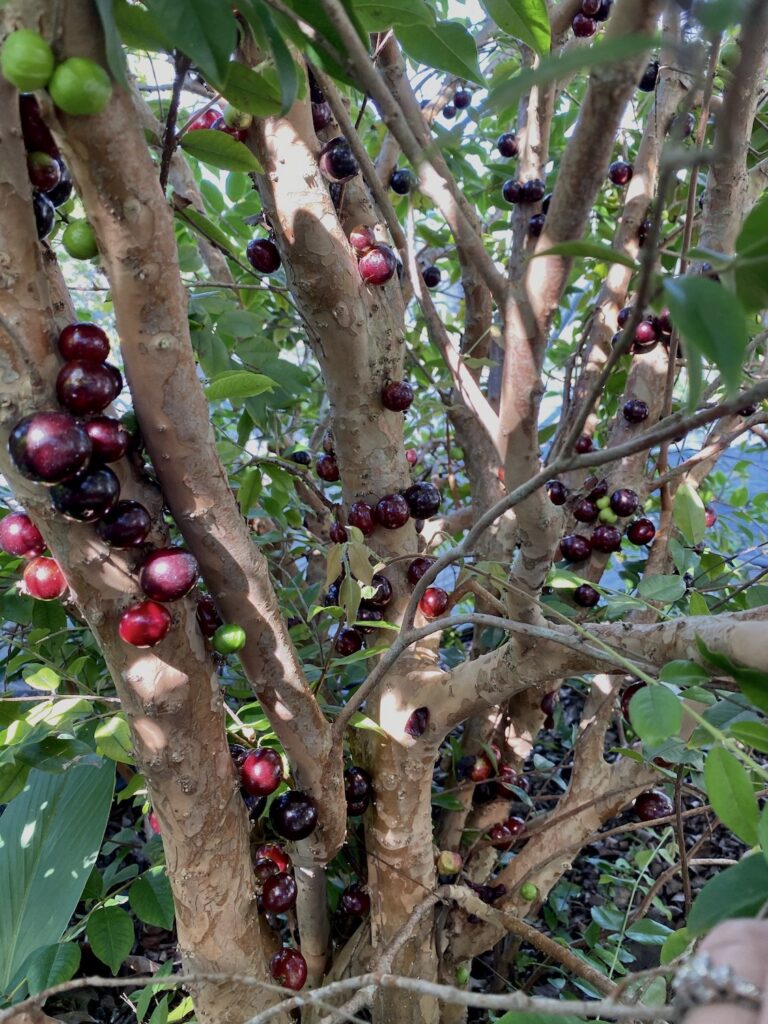
Jaboticaba are producing a nice fall harvest in many areas this month! It’s also a great time to save those seeds and start planting new plants that can be overwintered in a greenhouse or indoors.
In the Food Forest
- Harvest: enjoy the last of the mangoes and start preparing for sugar apple, atemoya, and chermoya! Avocado season has also officially begun! Look for guava, more tropical cherries, and java plums later this month. Strawberry trees, acerola, and goji are in high production right now – so get out there and enjoy!
- Fertilization: Use mushroom compost as much as possible. 1-2″ deep at the base of the trees (away from the trunk) and then cover with wood chip mulch. Always make sure your compost is “cool” before applying. If it’s hot to the touch when you receive it… let it sit for a few weeks to cool off before applying to your fruit trees. Always water thoroughly immediately after applying compost.
- Avos and Mangoes: The first week of September is the last opportune time to plant new avocado, strawberry trees and mangoes if you are in Central Florida. Otherwise, they may not have time to root in properly before winter months. Anything uber tropical planted after this month are a risk. But most tother things (plum, peaches, etc.) are still fine to plant.
- Berries: This is an ideal time to plant tropical berries and cherries like strawberry guava, Barbados cherry, pitangatuba, Cherry of the Rio, etc.
- Stone fruit: It’s best to WAIT to plant peach, pear, plum, nectarine trees until fall or winter dormancy. Technically you can plant them now, but it’s not really ideal.
- Plant late summer ground cover, like buckwheat, to create biomass coming into fall.
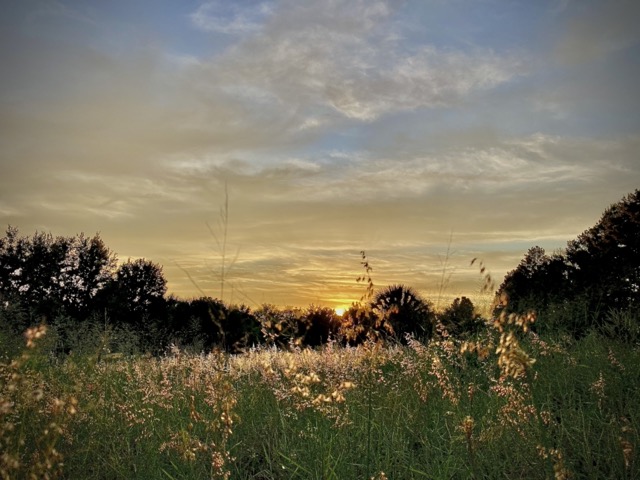
In the Shed
- Keep tools oiled. This time of year is often hot and humid… the perfect recipe for rusty tools.
- Check mouse traps and keep animal feed in sealed containers. Give the feed shed a nice cleaning to prevent critters from finding their “fall homes” in areas you don’t want them.
- Look for estate sales for garden tools. Many of the new (plastic) ones are junk! The best tools are the old wooden handled tools that are available at estate sales. Instead of buying new, consider up-cycling.
In the Chicken Coop
- Chickens: Spring chickens have finally started laying eggs! They should be given plenty of fresh greens and can now have supplemental calcium. For calcium supplements, you can use crushed oyster shells or aragonite.
- Quail: It’s time to start helping the quail get ready for winter months. Extra protein, bug treats, dried grass heads, etc. are always a boost to their health. TIP: Dry flower petals and grasses to add to their nesting areas to help simulate their native habitats in the prairie.
- Plant fall foraging areas using a native wildlife seed mix. Plant a mix specifically for chickens. We like the Happy Hen Mix from Hancock Seed Co.
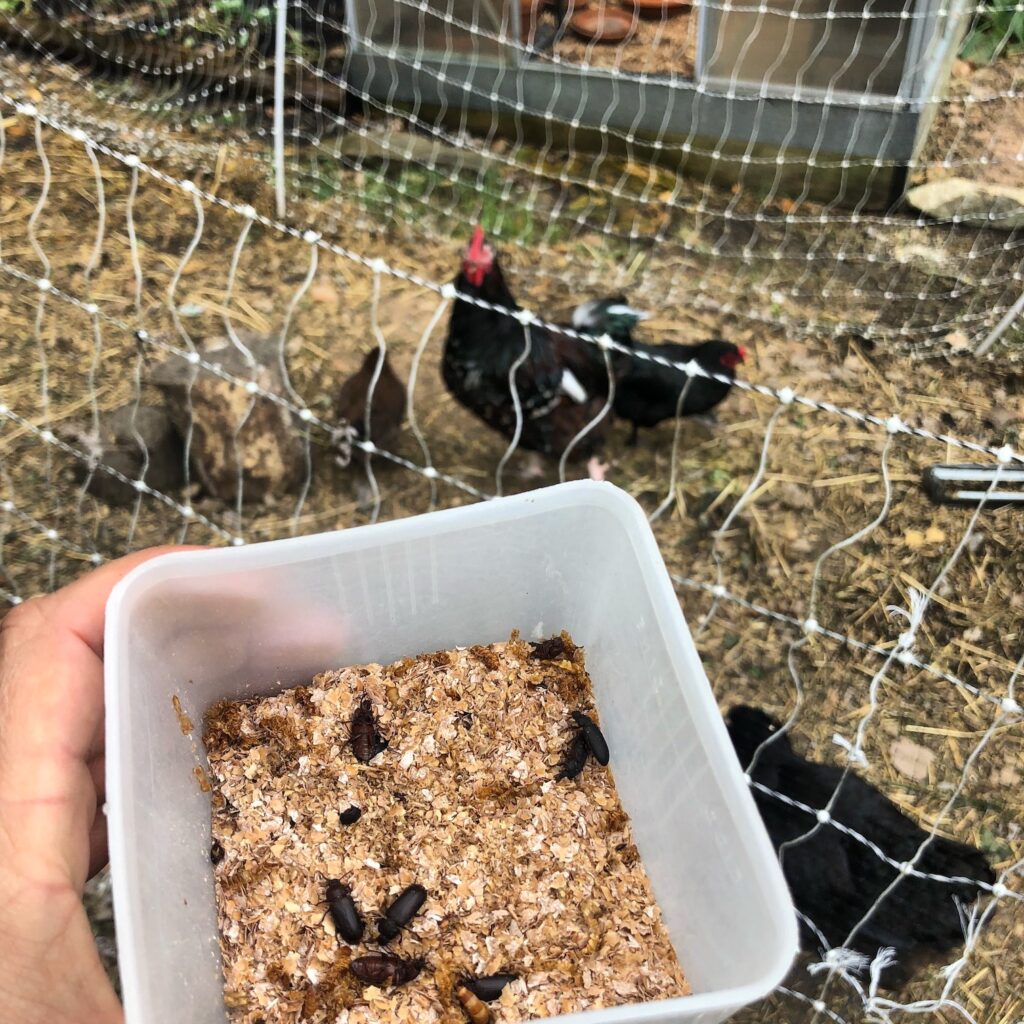
Offer mealworms, beetles, and other insects as a healthy protein treat to help boost the health of your flock as they go into the fall season. This helps prepare their bodies for fall molting (that is right around the corner).
Around the House
- Run dehumifiers to keep the indoor humidity between 45-60%. This is the ideal range for health and to prevent mold, fungus, and bacterial growth.
- Replace your HVAC filters
- Clean outdoor windows and doors (I use Basic H for this)
- Apply UV protectant to your recreational vehicles (boats, car interiors, RV’s, decals, etc. Put moisture collecting crystals (like DampRid) in the cupboards of RV’s to prevent mold in storage.
- Spray tire shine and protectant on vehicle and trailer tires to prevent sun damage
- Fertilize house plants at regular strength until the end of the month, then taper off in late October. Do not fertilize house plants in the winter months… allow them to go “dormant” as well.
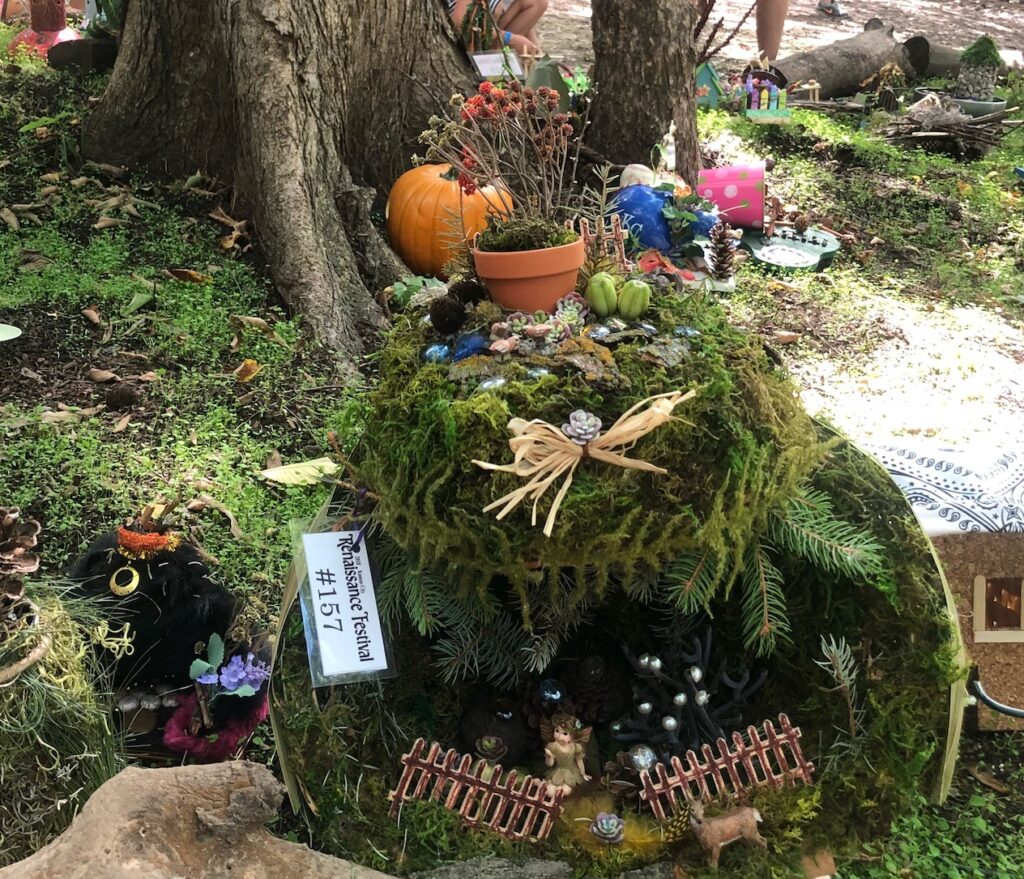
Make gnome or fairy houses with kids as a late summer / early fall project.
Also, start scoping out some local apple orchards, pumpkin patches, and corner mazes.
In the Perennial Flower Beds
- Dead-heading: Cut back spent flowers in order to get a final bloom. Spent flower heads can be fed to chickens or composted.
- Fertilize: Use compost to fertilize annual flower beds at the beginning of the month. Then toward the end of the month, use a fish emulsion / sea kelp foliar spray (like that from GS Plant Food) on flowers, fruit trees, and berries.
- Plant annual flowers for fall color: sunflowers, zinnia, cosmos, celosia, broom corn, etc.
- Plant fall flowers like chrysanthemums for autumn color. They can actually be grown in the ground as well and will come back every year in most regions. It’s also a great time to plant wild flower seeds en-mass. Companies like American Meadows and Hancock Seeds have some great wildflower mix selections.
- Bring cut flowers indoors and share with neighbors, especially those who are shut-ins or elderly
